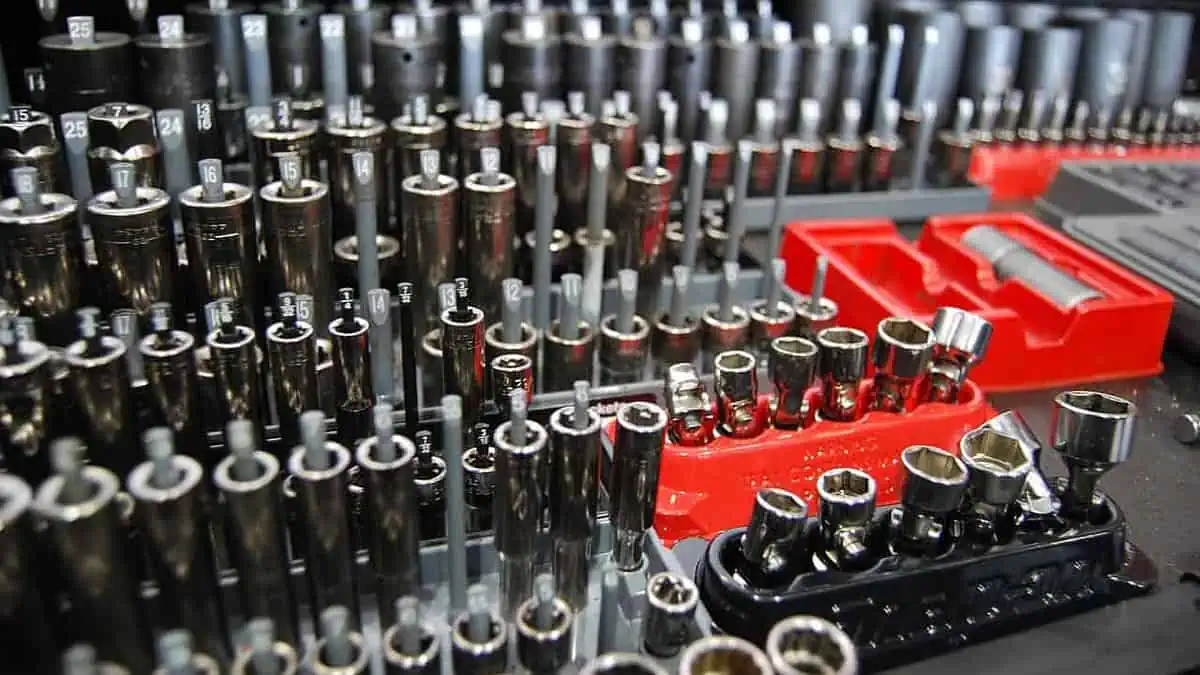Electric vehicles have fewer moving parts than internal combustion engine (ICE) vehicles, meaning fewer components must be serviced or replaced.
For example, EVs do not have oil or transmission fluid that needs to be changed. The brakes may not need service as often because the regenerative braking system can help extend brake life.
Why are EVs more cost-effective in maintenance?
EVs are less expensive to maintain and are cheaper to own over time. Electric vehicles do not require any check or replacement of spark plugs, engine oil, filters, gear, clutch fluids, exhaust systems, fuel lines, etc.
Moreover, EDF Energy listed three areas that make EV maintenance less expensive, namely due to its fewer parts, regenerative braking, and cost efficiency.
In fact, according to a new study into the average servicing and maintenance price for electric vehicles by automotive data experts Cap HPI, EVs cost, on average, 23 percent less to run than petrol vehicles over a three-year/100,000 km period, according to Kia.
EV maintenance and service intervals
It is worth noting that EVs still need to be serviced in certain areas. The services, as EDF provided, include:
● Tyre wear and tire pressure check
● Windscreen wiper replacement
● Brake fluid change
● MOT but with no emissions test and fewer parts to test, repairs could be minimal
According to Zecar, EVs require less maintenance, but some car manufacturers have servicing intervals.
For instance, Tesla, BMW, and Mini adopt a condition-based servicing schedule that undergoes specific routine maintenance tasks when needed. At the same time, other brands require less frequent servicing visits.
Other electric vehicles have the following schedule intervals provided by Zecar:
● Tesla Model 3/Y: Condition-based
● Polestar 2: 24 months/30,000km
● MG ZS EV (pre-facelift): 24 months/20,000km
● BYD Atto 3: 12 months/20,000km or 12 months/12,000km
● Hyundai Kona Electric: 12 months/15,000km
● Kia EV6: 12 months/15,000km
● Mercedes-Benz EQA: 12 months/25,000km
● Volvo XC40 Recharge/C40 Recharge: 24 months/30,000km
● Porsche Taycan: 24 months/30,000km
In addition to regular maintenance, EVs may also need software updates to ensure that the various systems and components are functioning correctly and to address any bugs or issues that arise. Over the air (OTA) or at a service center can be done these updates.
See Also:
- Australia needs to train 100,000 mechanics on EV repairs and maintenance
- Tesla Cybertruck to provide a self-service scratch removal solution
- Bosch Car Service to maintain and fix Sion Solar-Powered EV
- Tesla Semi: To launch ‘Semi Service Program’ as it ramps up hiring for technicians
- Britain is projected to face a critical shortage of EV mechanics by 2030
It’s essential to follow the manufacturer’s recommended maintenance schedule for your EV, which can vary depending on the make and model of the vehicle. By keeping up with regular maintenance, you can help ensure that your EV operates safely and efficiently for years to come.
Safety concerns are also why there is a growing demand for EV mechanics and technicians.
“Specialist training in electric car and battery maintenance for mechanics is critical to avoid workplace safety dangers and driver risks.”
Stavros Yallouridis, Chief executive of the Motor Trades Association NSW stated on training mechanics






